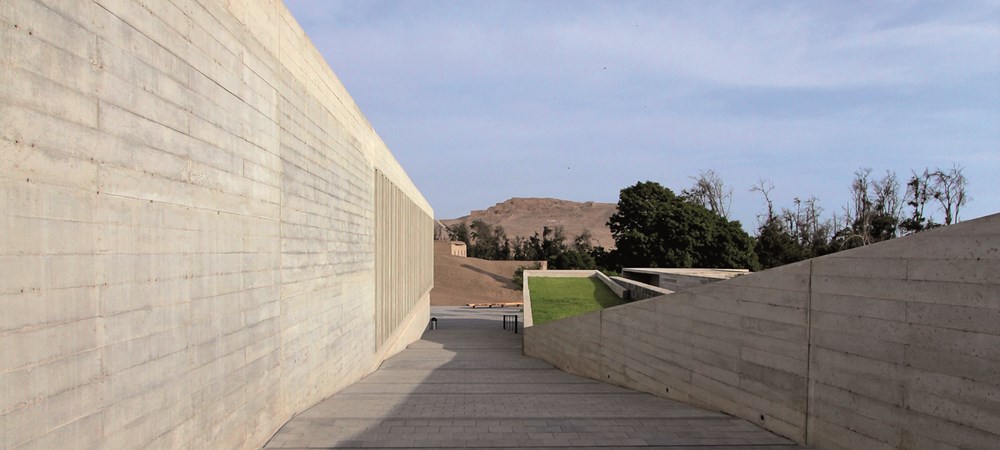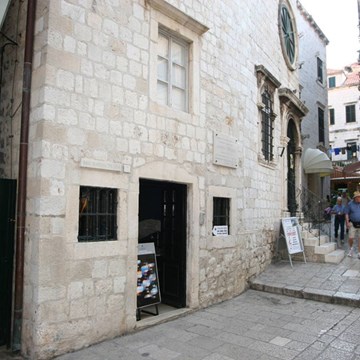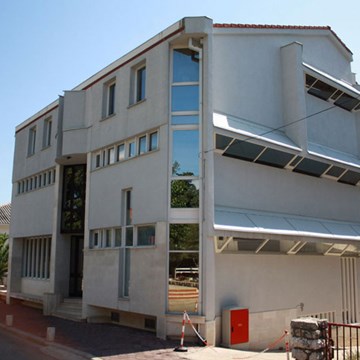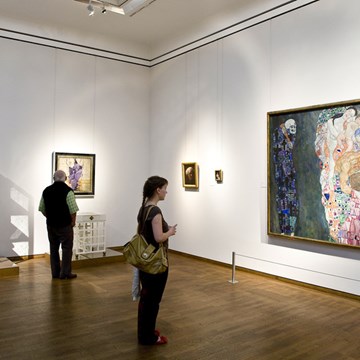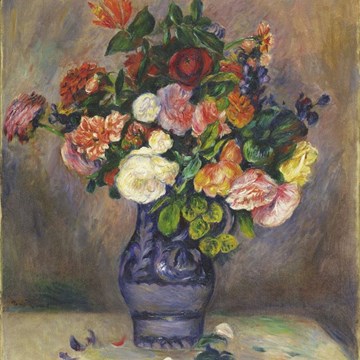Pachacamac Site Museum
Museo de Sitio Pachacamac
Pachacamac is currently the largest and most important archaeological complex of the city of Lima (Peru), occupying 450 hectares. The monumental area shelters more than 50 architectural structures, most of which are constructd from edged stones, mudbricks of different sizes, and even mud walls.
The first systematic studies were performed in 1896 by Max Uhle, who prepared a detailed plan of the site and excavated in the Temple of the Sun, discovering a cemetery of sacrificed women. Throughout time, many researchers have been interested in this site. Most archaeological works in Pachacamac in recent years have focused on the area of the great temples.
The Pachacamac Site Museum was first established in 1965 and has been in charge of taking care of, investigating, and presenting the archaeological remains recovered within the site.
Pachacamac was the most important sanctuary of the Andean coast for over 1200 years. Its temples were visited by large numbers of pilgrims engaged in significant Andean religious ceremonies. Pachacamac was also a well-known oracle that influenced the life of powerful leaders through its predictions of the future.
The site has been the home of various peoples belonging to four main cultural groups: Lima, Wari, Ychsma and the Inca.
The new museum building was inaugurated in February 2016 and displays the site's most beautiful pieces with the use of modern museology.
Exhibitions and events
We don't have anything to show you here.
Educational programs
We don't have anything to show you here.
Collections
We don't have anything to show you here.


